Ethiopia, a country hosting nearly a million refugees and recovering from a violent conflict displacing millions of people, is now facing another humanitarian emergency in the form of deadly weather.
Ethiopia is one of the largest refugee hosting countries in Africa and the world, providing protection for over 954 000 refugees and asylum-seekers mainly from South Sudan, Somalia, Eritrea, and Sudan. The deadly conflict in the Tigray region in northern Ethiopia, which started in November 2020 and quickly spread to other regions, has also resulted in millions of people being internally displaced. Continued volatility has disrupted delivering desperately needed humanitarian aid to affected internally displaced persons (IDPs), returnees and refugees.
In addition to the violent conflict, the East and Horn of Africa and Great Lakes region is one of the most climate-vulnerable “hotspot” in the world, and in recent years has suffered from extreme droughts and floods. The harsh environmental conditions cause more displacement and make the situation more unbearable for those already forced to flee as well as host communities. In the spring of 2023, violent clashes in Laascaanood in Somalia forced some 100,000 people to flee to the Somali region of Ethiopia where the longest drought on record had already worsened living conditions for host communities.
Currently, the very same region is experiencing severe floods, estimated to affect over half a million people, among them refugees from Somalia. Around 240,000 people have been forcibly displaced by the floods and 1,000 hectares of crops have been wiped out by flood waters. Due to damaged sanitation infrastructure people are at risk of infectious diseases like cholera, and access to health services is blocked by ruined roads and lack of fuel. Nevertheless, impacted refugees and host communities have been generous in supporting each other amidst the emergency.
Despite the extraordinary human cost of the protracted and cumulative crises, the humanitarian situation in Ethiopia has been receiving less and less public attention, and as of 31 October, UNHCR in Ethiopia had only received 34% of the necessary funding for 2023. Unearmarked funding has played a significant role in ensuring that responding to new arising emergencies is . Therefore, donors such as Finland who have committed to flexible funding make it possible for UNHCR to continue life-saving operations – even in forgotten contexts.
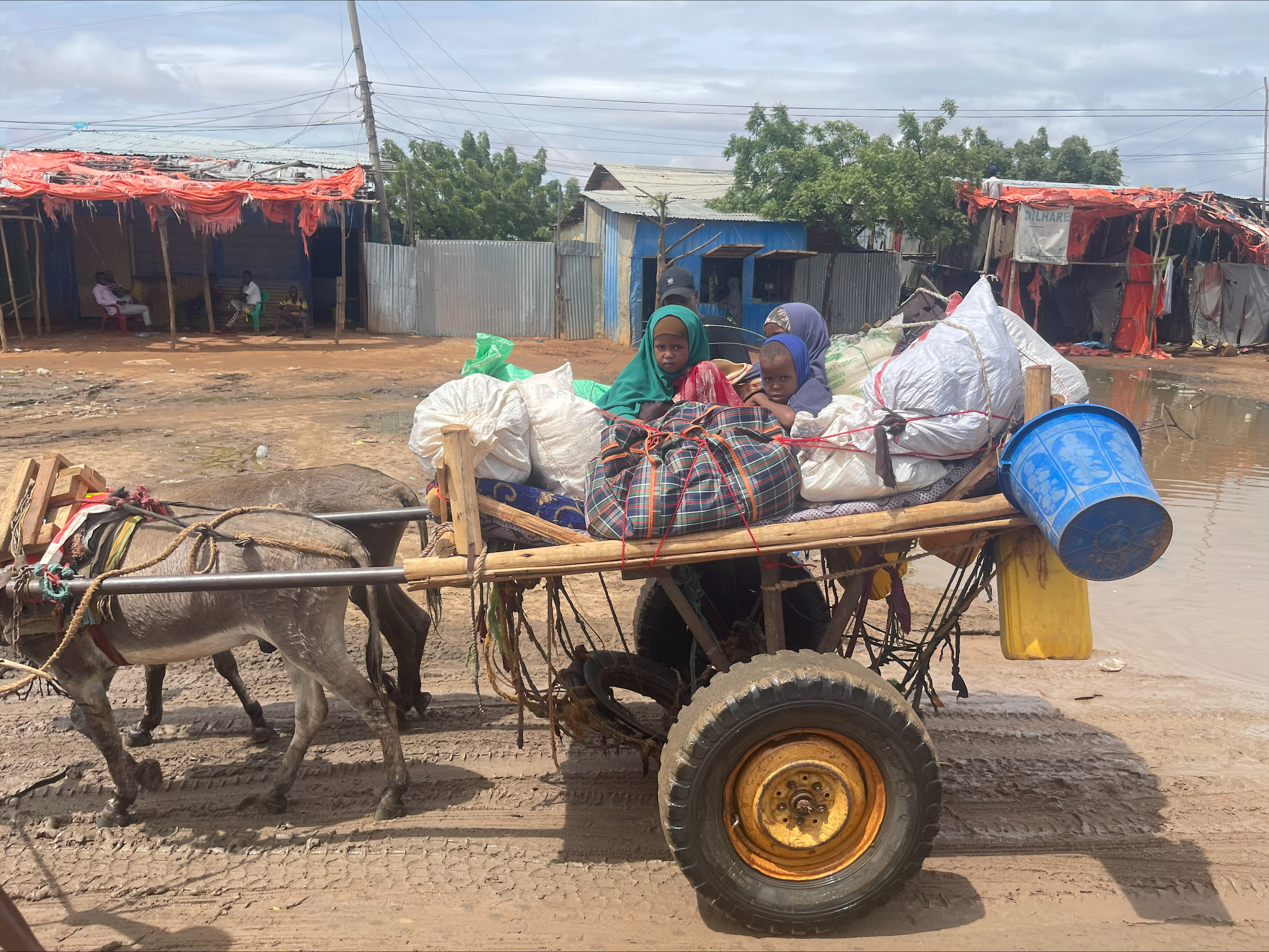
UNHCR with its partners is distributing core relief items, such as bedding, cooking utensils, containers for water, and hygiene kits to families displaced by the recent flooding in the Somali region of Ethiopia. With cash assistance, they can buy local materials to repair and build shelters and meet other urgent needs. Sandbags have been also provided to protect people from flood waters.
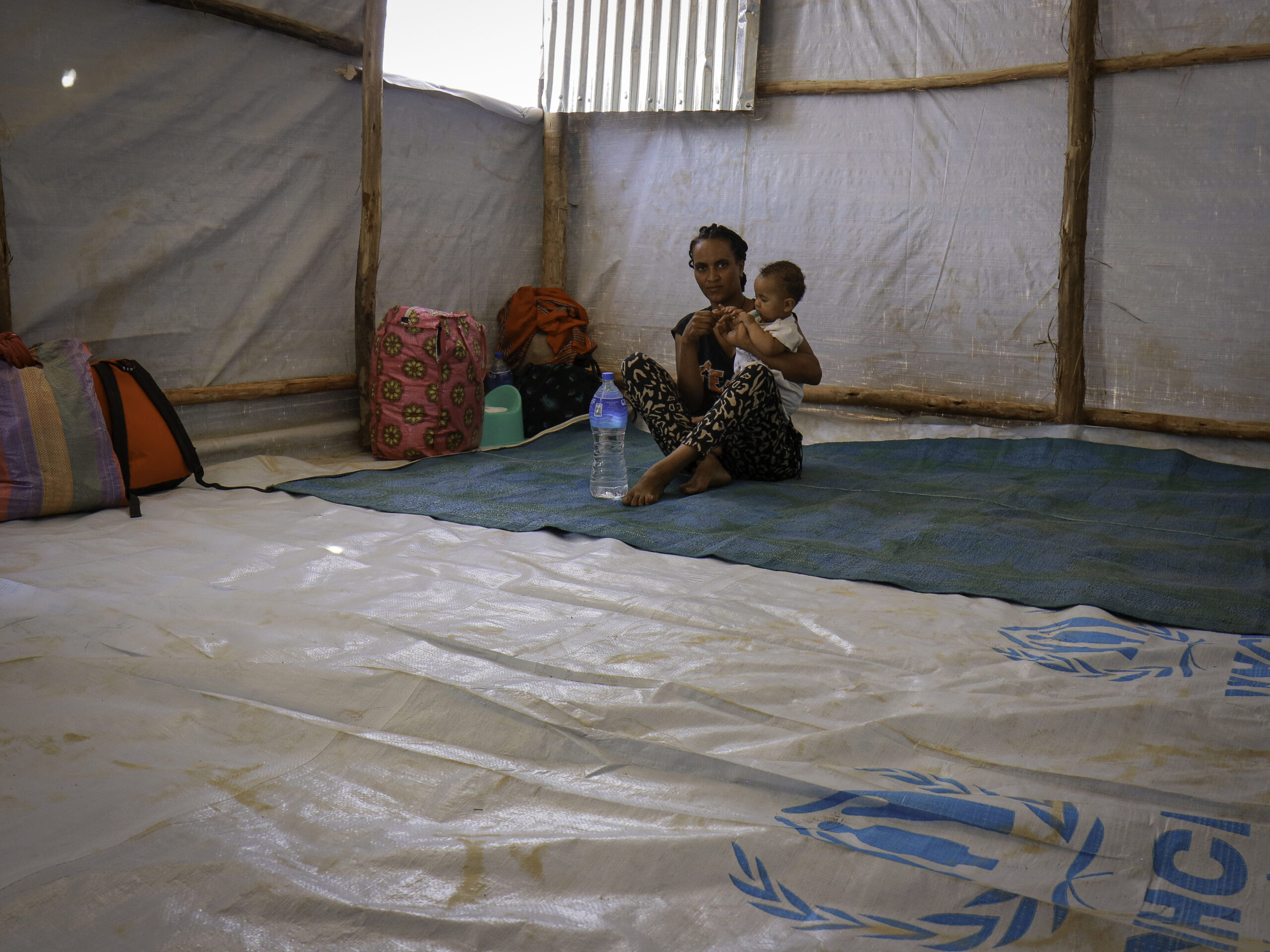
The outbreak of violence in Khartoum forced families to flee, many of whom already had been granted international protection in Sudan. In addition to providing food, shelter, and medical attention to displaced people at the border, UNHCR established a protection desk near the border crossing to attend to varied protection issues presented by the displaced, identifying for example survivors of gender-based violence, unaccompanied and separated children, and persons with specific needs and referring them to appropriate services.
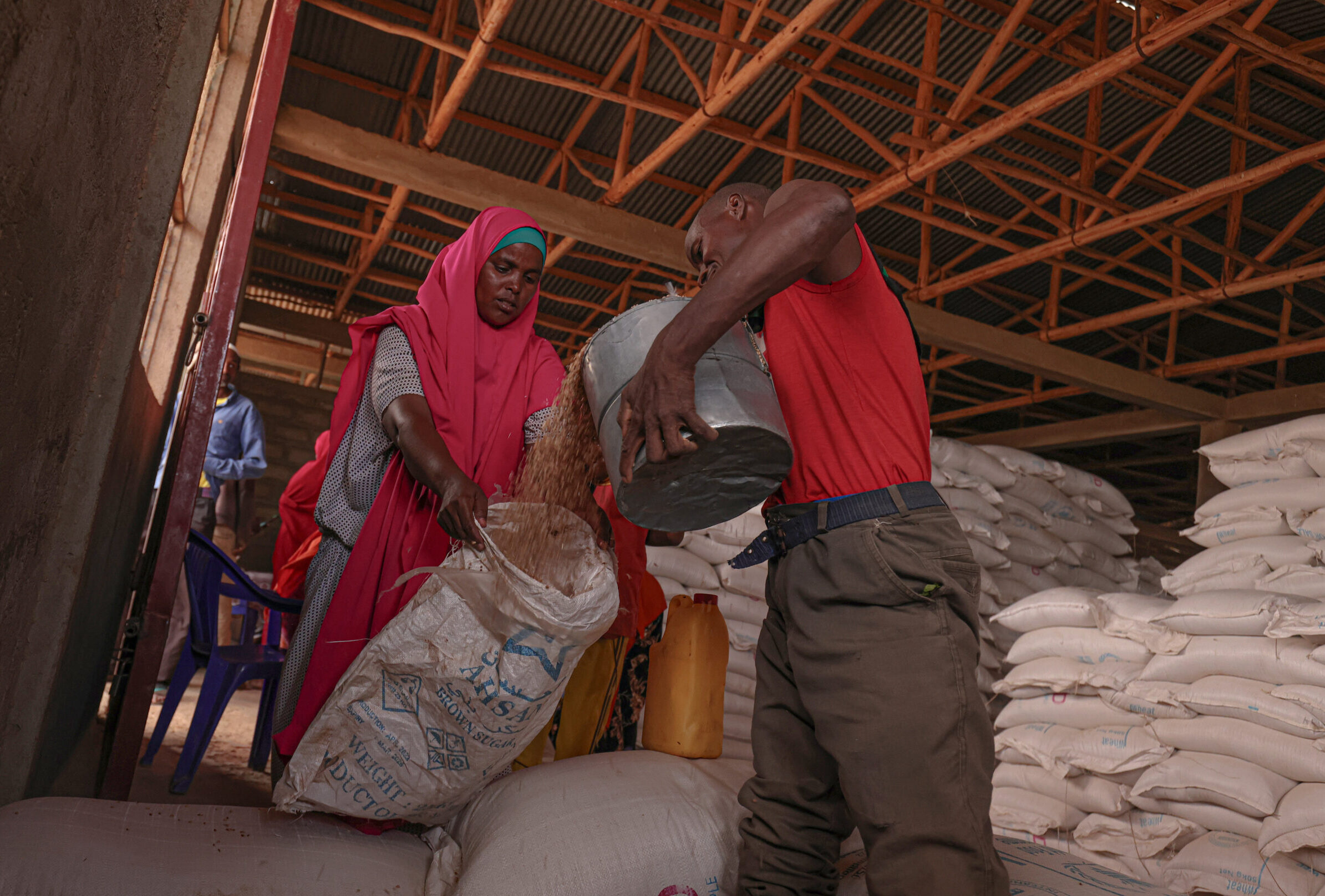
UNHCR-supported food distribution centre in the Melkadida refugee camp provides food aid to refugees, IDPs and host community members. Children suffering from malnourishment can also receive treatment at the centre. Building long-term food security and empowering communities’ self-reliance, by May, UNHCR and partners had distributed fertilizers and fuel to support the cultivation of 86 hectares of land in Melkadida.
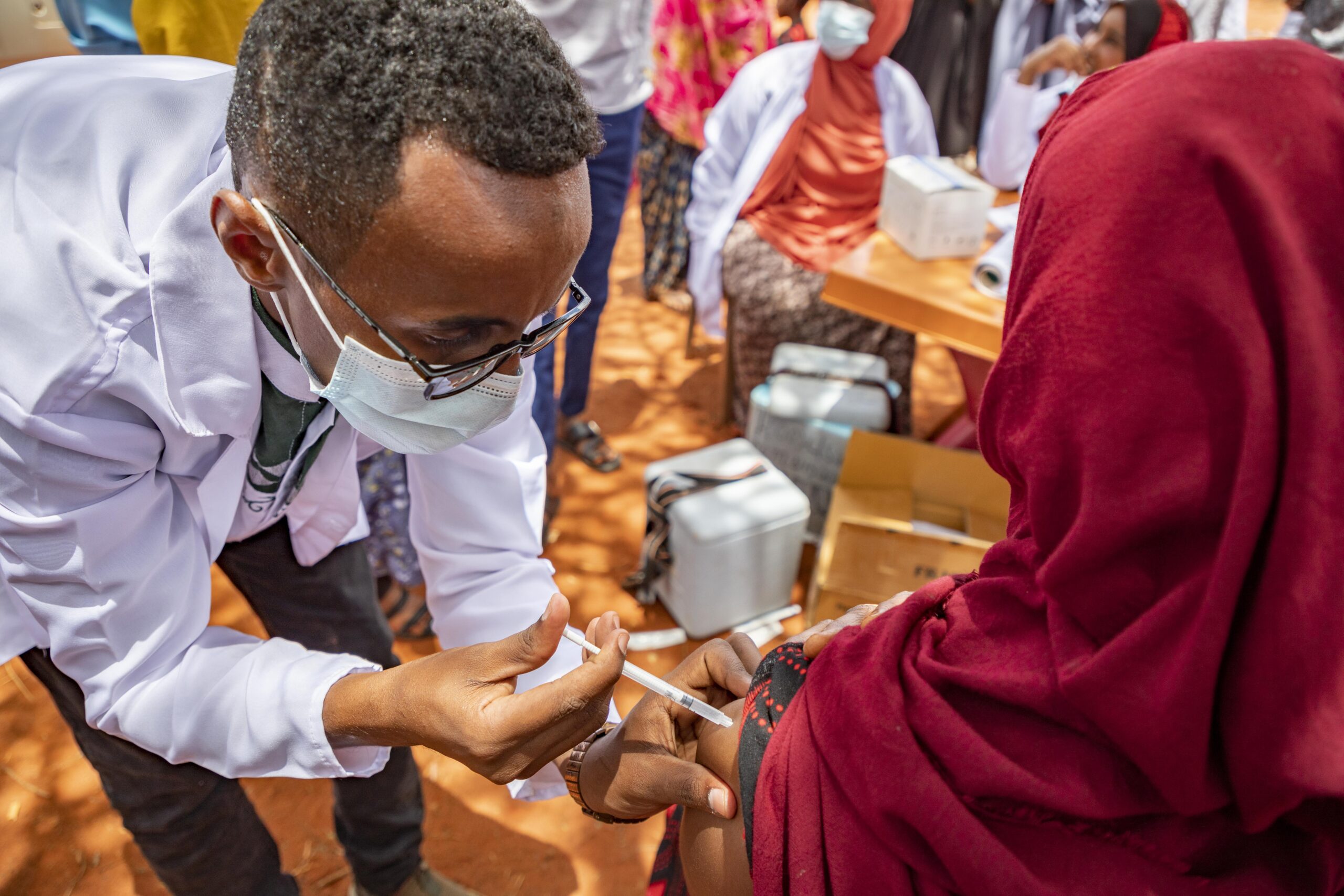
Unearmarked funding is imperative for responding to rapidly developing emergencies: with the arrival of refugees fleeing from Laascaanood into the Doolo zone in Ethiopia, resources of local health clinics were quickly depleting. UNHCR was able to donate a generator and an ambulance to a local clinic in Mirqaan alongside water, vaccines against COVID-19 and measles, and other medicine to support both refugees and the host community. In crowded shelters, vaccination is imperative to prevent spread of disease.
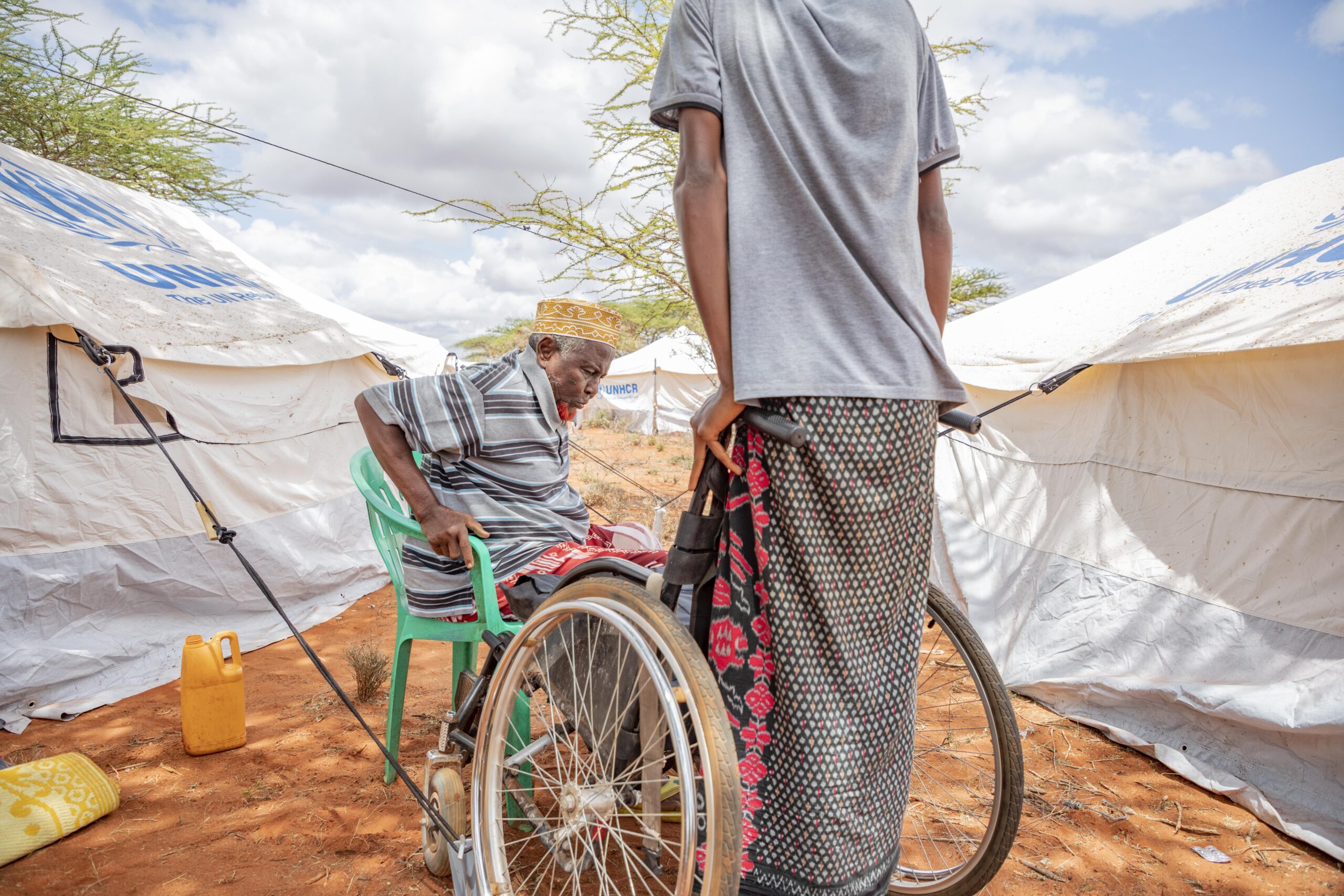
Persons with disabilities and severe medical conditions face discrimination as well as physical obstacles in accessing aid, particularly in temporary camp settings. An estimated 16% of refugees in the Somali region of Ethiopia are disabled. UNHCR aims to ensure that tailored arrangements are provided for people with specific needs, including making relief item and nutrition assistance distribution sites and education for children accessible.
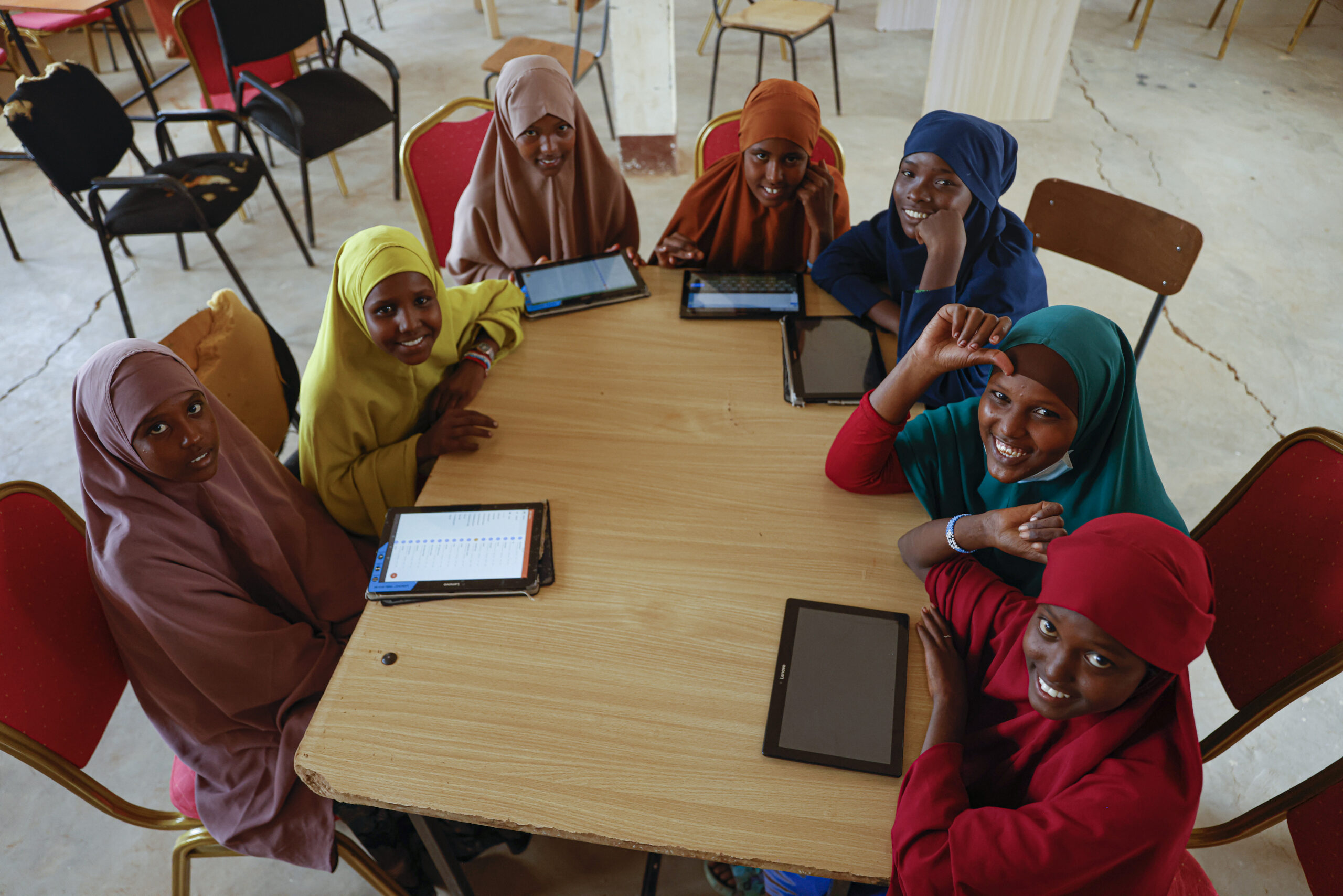
An estimated 56% of refugees in Ethiopia are school-aged children below 17 years, yet lack of resources threatens UNHCR’s ability to provide education. Contributions from donors such as Finland help UNHCR to organize schooling for refugee children – in the image refugee girls from Somalia attend English class at the Melkadida Primary School with the help of their tablets – as well as support students in applying for scholarships for further study.
Finland as a donor to UNHCR:
Finland is an important partner to UNHCR, and it has contributed USD 20.9 million to UNHCR in 2023, of which 38% is unearmarked. Finland’s multi-year flexible funding has been imperative in continuing UNHCR’s operations to protect and assist forcibly displaced people in new and protracted emergencies, such as in Ethiopia, where Finland also contributed USD 2.20 million through country-based pooled funds. In 2022, Finland was the 14th biggest government donor to UNHCR per capita with USD 27.5 million, of which USD 8.2 million was unearmarked.
Share on Facebook Share on Twitter